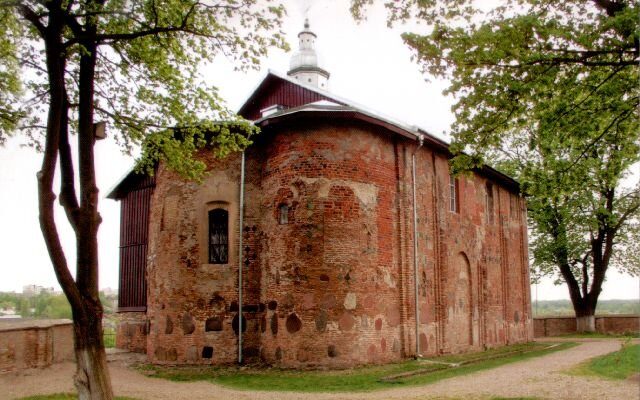Borisoglebskaya (Kolozhskaya) Church in Grodno
Boris and Gleb Church is an architectural gem of the ancient city of Grodno, a unique monument of Russian temple architecture, preserved since the 12th century. Today it is one of the oldest functioning Orthodox churches in Belarus.
.The church stands in the historical center of the city, on the very edge of the steep right bank of the Neman River, not far from the Old Castle, which several centuries ago served as the residence of Grand Duke Vitovt (1350-1430). The two historical monuments are separated by the valley of the small river Gorodnichanka.
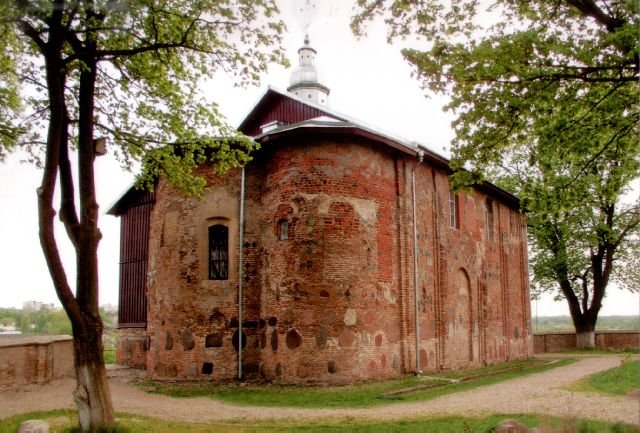
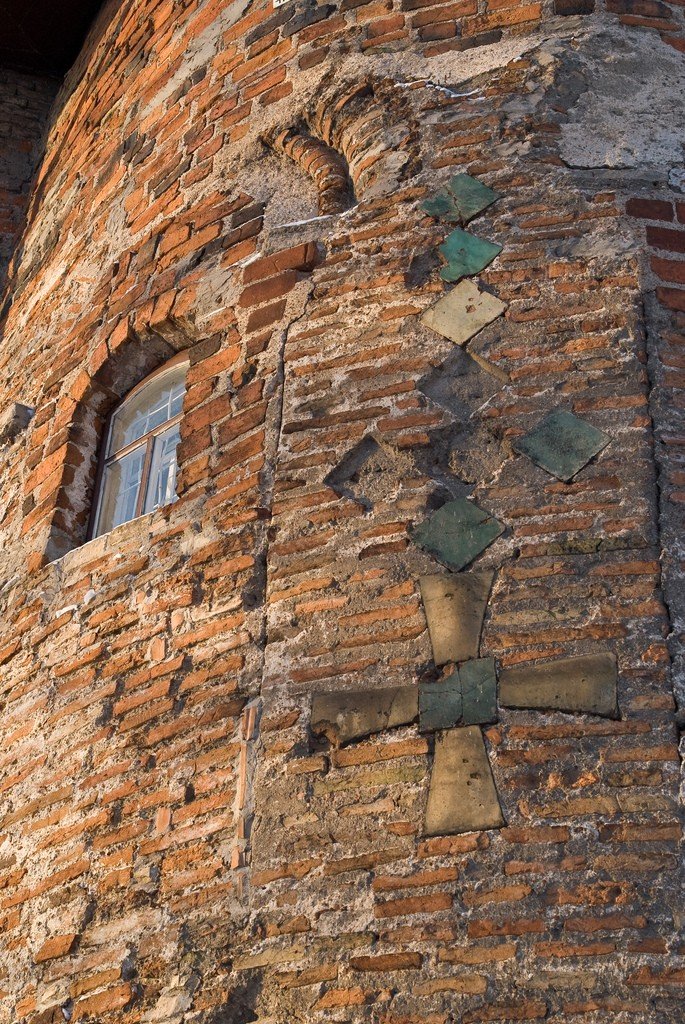
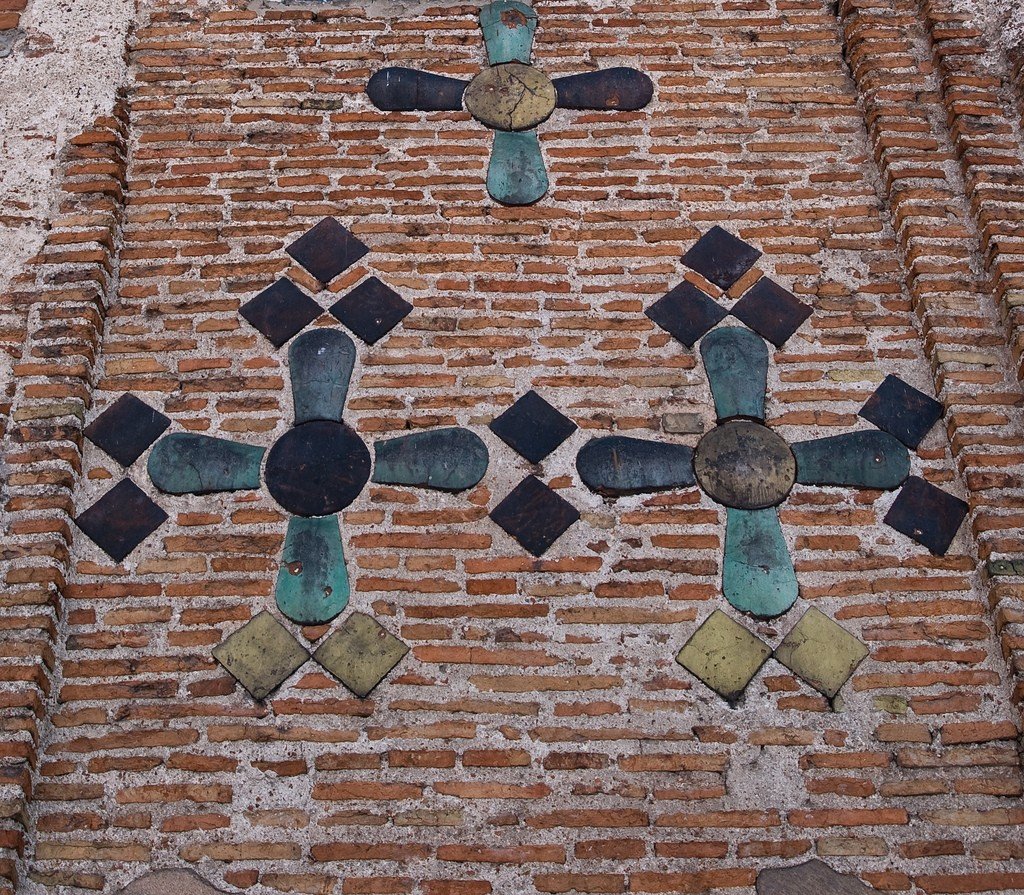
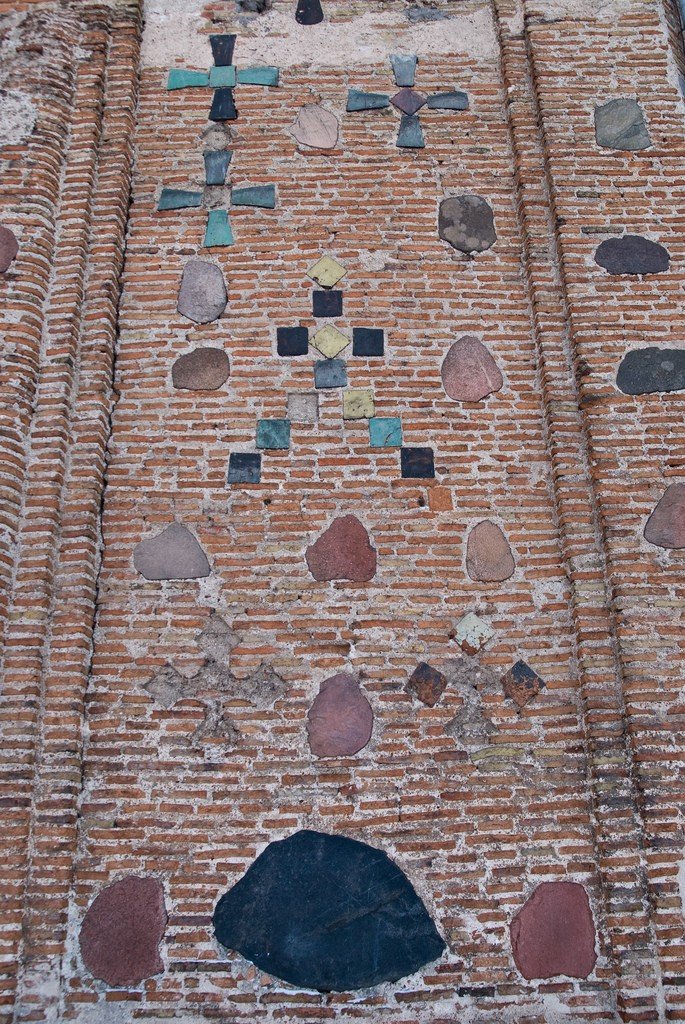
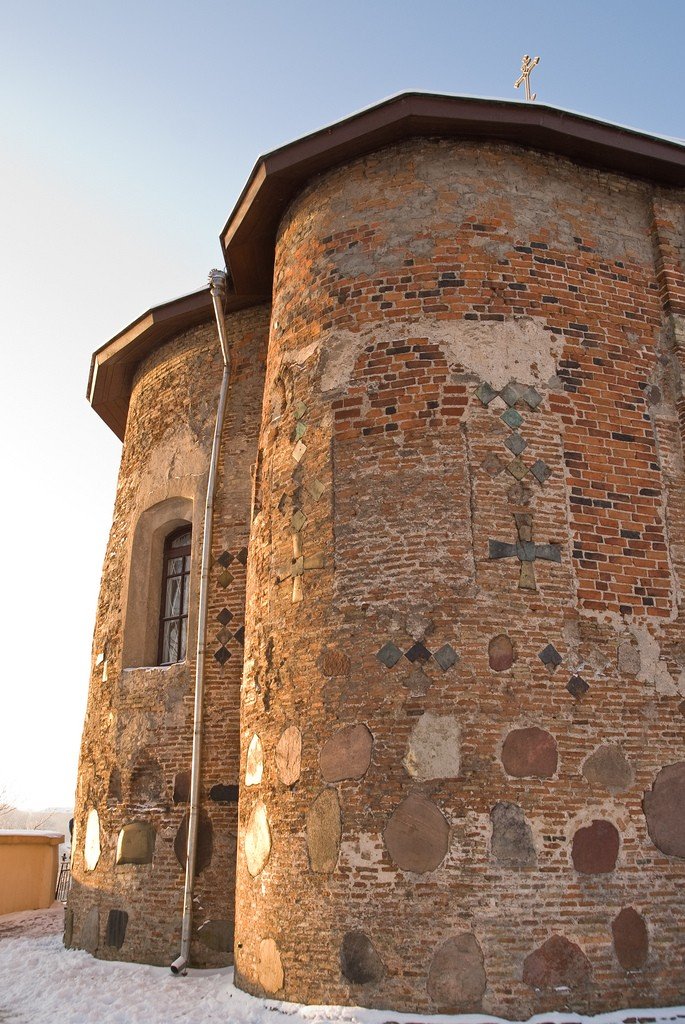
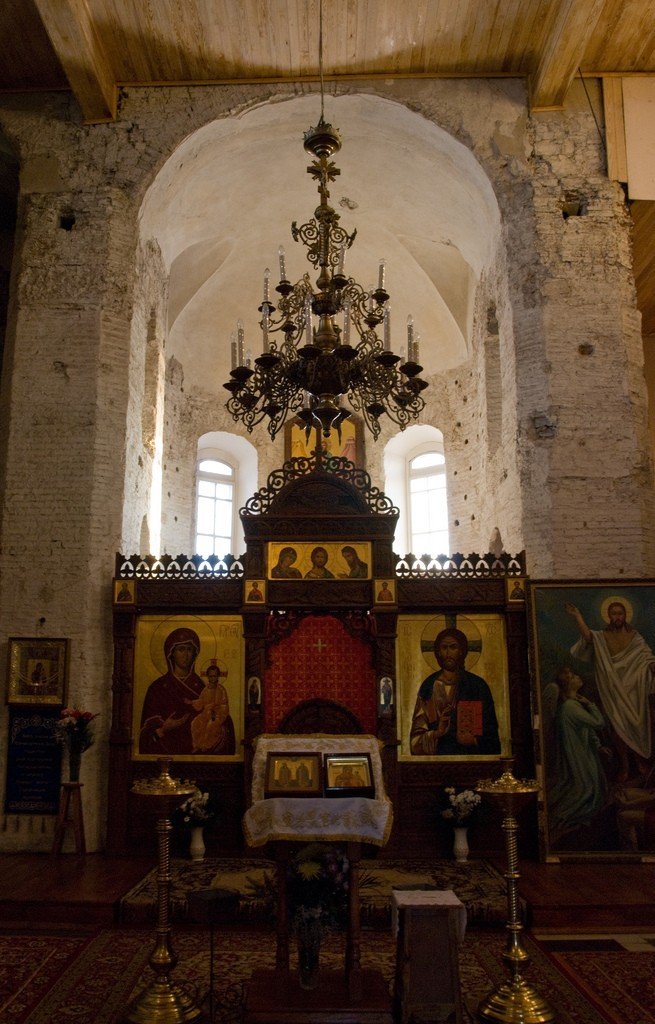
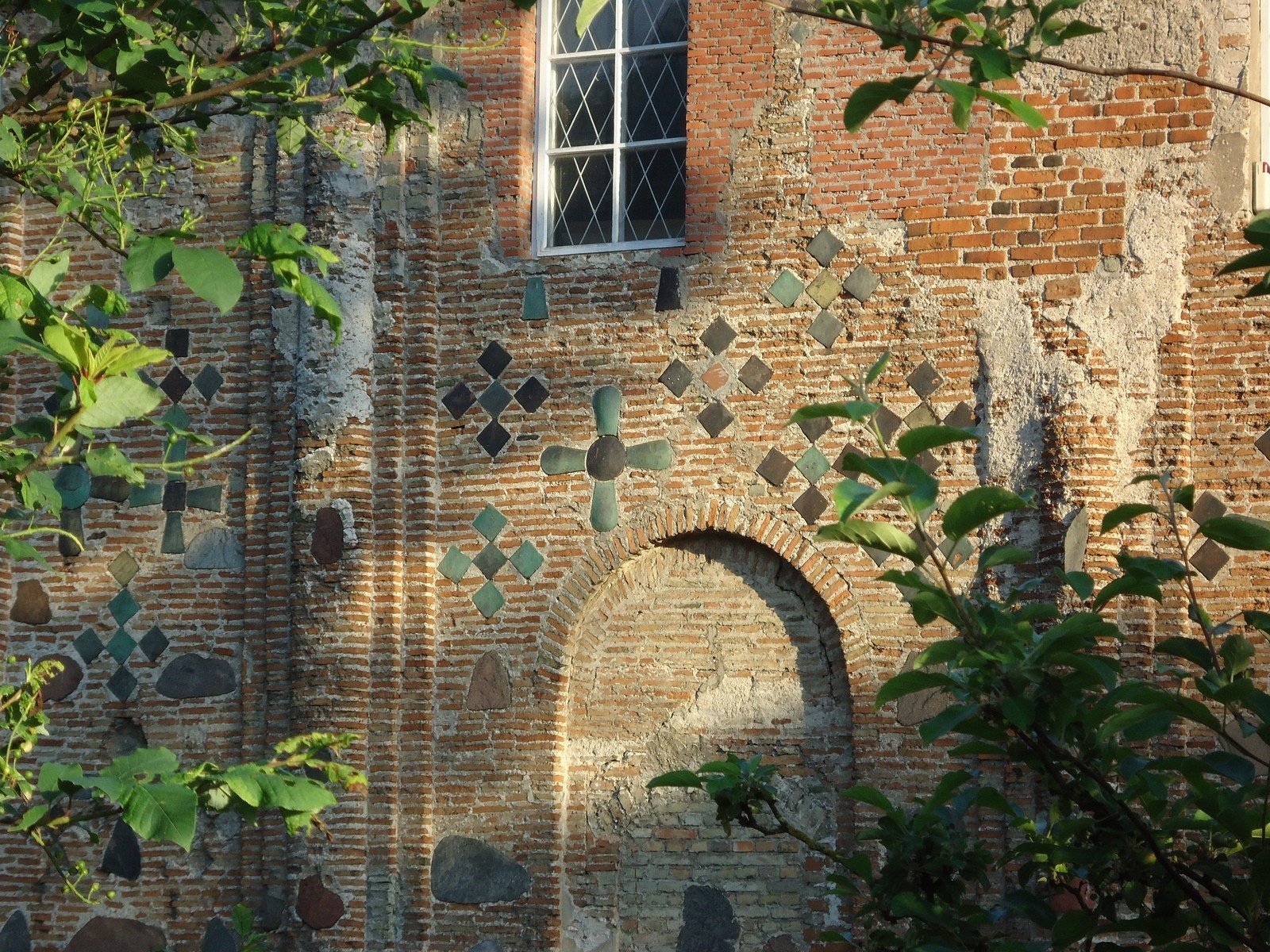
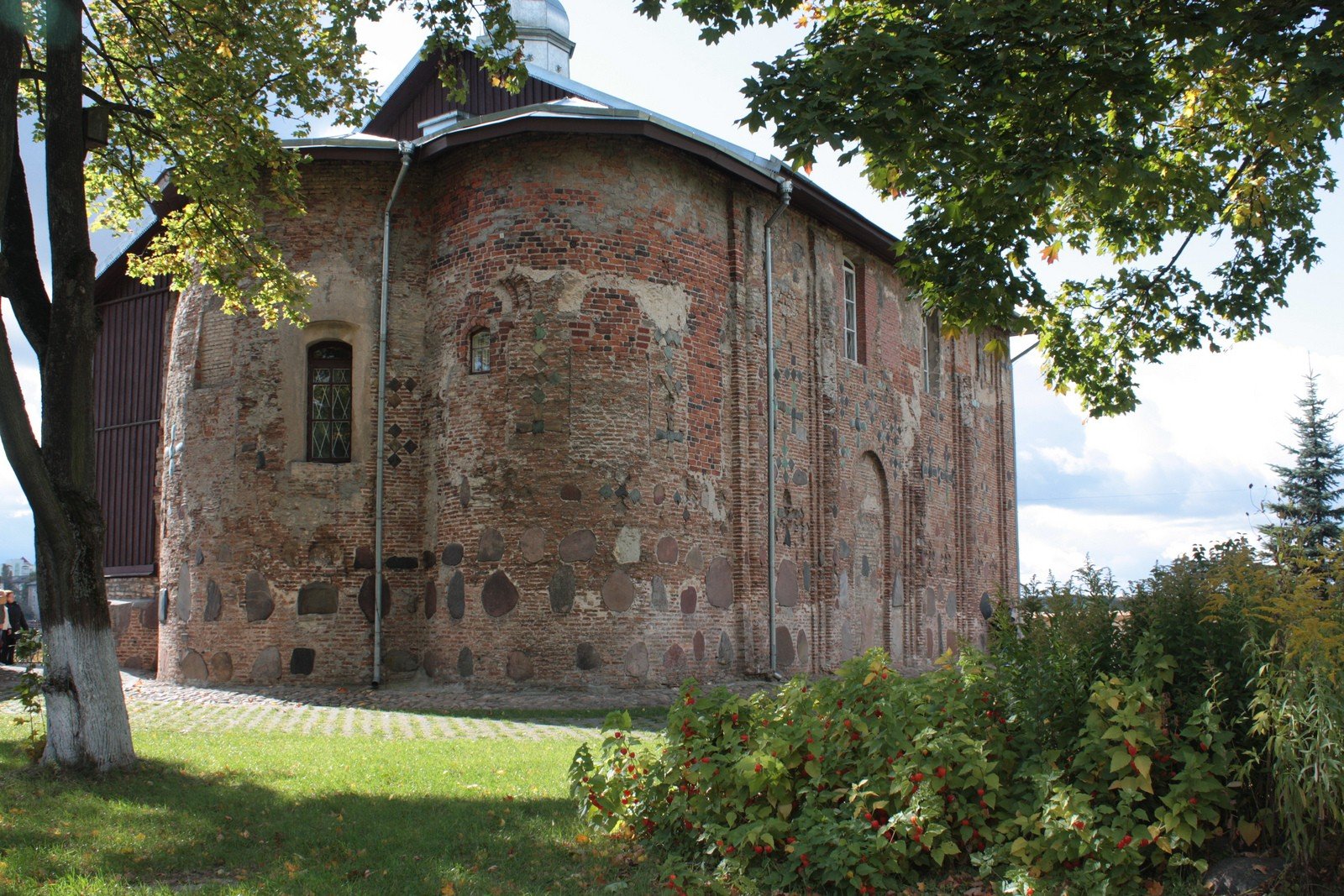
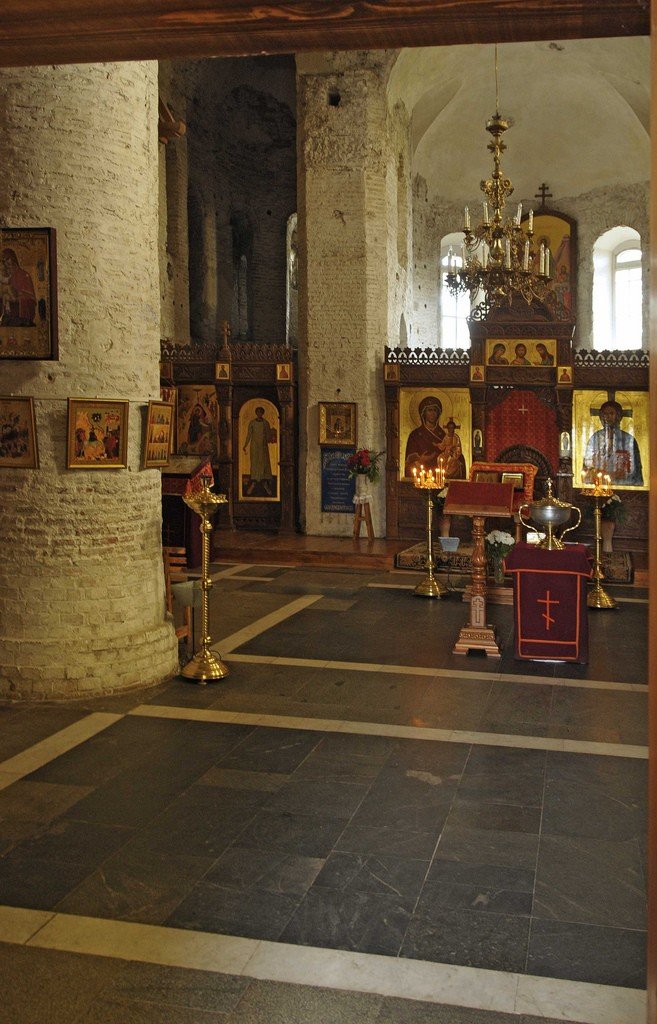
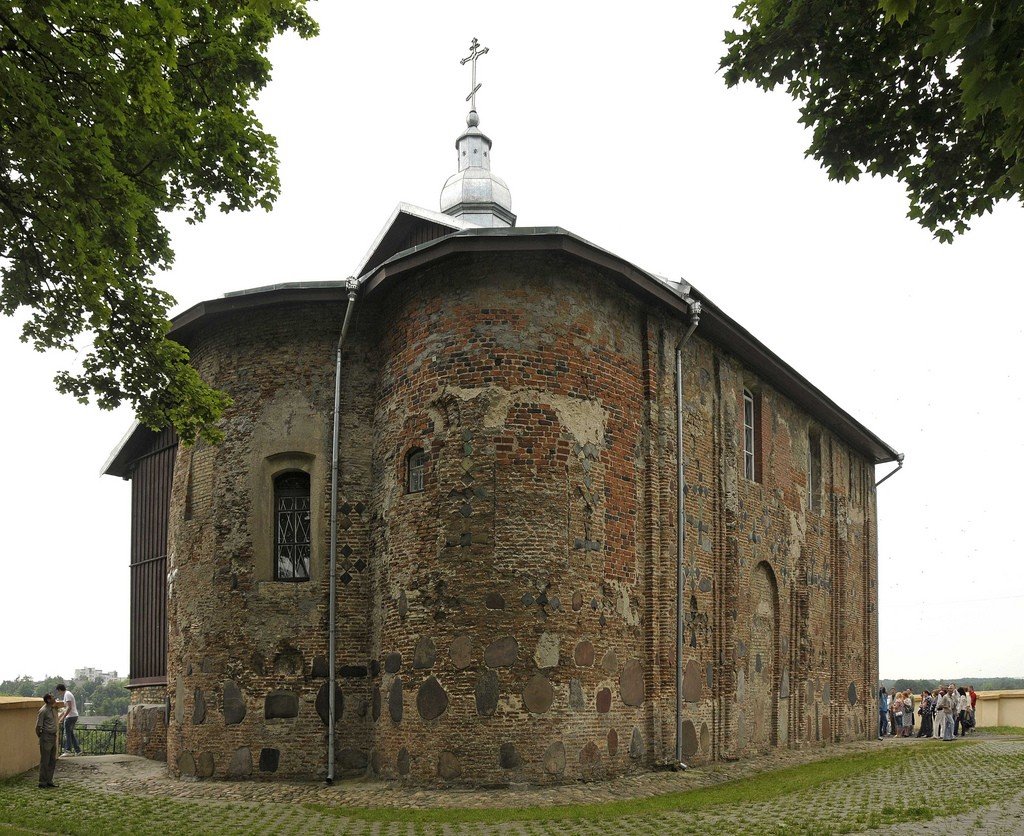
Video: Boris and Gleb Church
ContentsHighlights
According to art historians, there was a distinctive architectural school in Grodno in the Middle Ages, which adhered to the Romanesque trend. And one of the builders of the temple could be the famous architect Peter Miloneg, who in addition to Grodno worked in Kiev, Lutsk and Turovo.
.
In terms of architecture and interiors, the Boris and Gleb Church is unique and does not resemble any other temple. Its facades are decorated with colored watered crosses and hewn stones. This decoration looks very picturesque and resembles inlaying with colored stones.
.Centuries of history have left their traces on the church building. It has suffered greatly from military invasions, as well as from natural landslides. Borisoglebskaya Church acquired its modern look after a large-scale restoration at the beginning of the last century.
.
Thanks to the jugs built into the walls, it has good acoustics. Inside the church, ancient frescoes have been preserved. Nowadays it is a functioning Orthodox church, where regular services are held. And a lot of tourists pass here every day..History of the temple
Boris and Gleb Church was built in 1140-1170s by appanage princes Boris and Gleb – sons of Prince Vsevolod Davidovich. According to another version, the church appeared a little later. It was erected already by the sons of the princes in 1180.
.Boris and Gleb church was located in the tract of Kolozhan, especially revered by Grodno pagans. That’s why another name – Kolozhansky – also stuck to it. It is interesting that the Old Russian word “Kolozhan” meant a place where several springs flowed. This word has long since become obsolete and is not used, however, the language has preserved its cognate word “well.”
.
In 1184, during a strong fire, the Lower Castle Church burned down completely, and the Boris and Gleb Church became the main one in the city. In the XIV century Grodno was attacked many times by Crusader armies, and from this the old temple fell into complete disrepair. It also suffered during the Russian-Lithuanian wars, especially after the siege of the Old Town, which was carried out by the retinue of the Moscow prince Ivan III.
.
In 1480 a monastery dedicated to Saints Boris and Gleb appeared around the Boris and Gleb Church. It is known that the Orthodox monastery prospered, but gradually its affairs were upset. By the beginning of the XVIII century Boris and Gleb monastery was in such a deplorable state that the monks had to pawn church utensils to get food for themselves. The territory of the monastery has not been preserved, as it was eroded by the Neman River over several centuries.
.
In the 16th century, natural elements fell on the Boris and Gleb Church. Several times it suffered from landslides, and its foundations were eroded by groundwater. One of the walls of the building tilted badly, and the people of Grodno realized what further subsidence could lead to. In 1720 they planted trees on the river bank to strengthen the steep slope with their roots. However, in April 1853, the old foundation failed and the walls on the south and west sides collapsed into the Neman. At the same time, part of the ceiling collapsed into the river.
.Restore the ancient temple did not begin. For almost 40 years it stood derelict, it lacked windows and doors, and around the building even began to graze cattle. Meanwhile, new landslides continued their destructive work. The Boris and Gleb church was especially damaged in 1864 and 1889. The last landslide severely damaged the altar apse.
It would seem that Grodno once and for all lost a historical monument, but fate had it differently. At the turn of the XIX and XX centuries the steep bank of the river was strengthened, and the missing stone walls were replaced with lighter wooden ones. The temple was covered with a new roof, having arranged on it a small chapter with a gilded cross. So Boris and Gleb Church acquired a modern look.
.City authorities developed a further plan to restore the Orthodox shrine, but World War I began, and the reconstruction of the temple had to be postponed. Under Soviet rule, the church was closed to the faithful. In the post-war years it housed a local museum. And since 1967, the ancient temple, as well as all the buildings on Zamkova Hill united in the protection zone of the city historical and archaeological reserve.
.Features of architecture and interiors
Boris and Gleb Church is a six-pillar, three-apsid cross-domed Romanesque-type church with a space in front of the altar part. The temple walls are laid with flat bricks – plinfa. Besides, during the masonry ancient builders used flat granite and gneiss boulders. For decorative purposes they built into the walls shaped ceramic tiles in the form of crosses, on which colored enamel was applied. Nowadays the Boris and Gleb church stands unplastered, so it is not difficult to examine in detail all the features of masonry and decorative finishing of facades.
.
The temple is 21.5 meters long and 13.5 meters wide. Despite its relatively small size, inside it looks very spacious. It has preserved pre-Mongol frescoes discovered during the restoration of 1870. The carved altar, liturgical utensils and icons were made in the 20th century.
.How to get there
Boris and Gleb Church stands at 8 Kolozha St., south of the green Kolozha Park. The church is 3 km away from Grodno railway station, and 2 km away from the city bus station. This distance can be traveled on foot or by cab. The closest public transportation stops to the Boris and Gleb church are “Vesennyaya Street” or “Sovetskaya Ploshchad”. From either of them to the temple you need to walk less than 1 km.
.